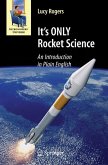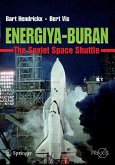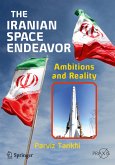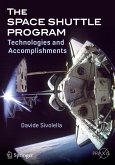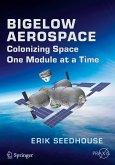This remarkable book gives a complete and accurate description of the two lives of Soyuz, chronicling the cooperative space endeavor of Europe and Russia. First, it takes us back to the early days of astronautics, when technology served politics. From archives found in the Soviet Union the authors describe the difficulty of designing a rocket in the immediate post-war period. Then, in Soyuz's golden age, it launched numerous scientific missions and manned flights which were publicized worldwide while the many more numerous military missions were kept highly confidential!
The second part of the book tells the contemporary story of the second life of Soyuz, gathered from Western sources and interviews with key protagonists. It addresses the sensitive issue of the strategic choices that led to the establishment of Soyuz in French Guiana, describing the role of a few visionaries in Russia and in Europe who decided to leave their respective isolation behind and bring Syouz and Ariane together.
In the final analysis, this book is a profound description of a formidable human adventure.
Dieser Download kann aus rechtlichen Gründen nur mit Rechnungsadresse in A, B, BG, CY, CZ, D, DK, EW, E, FIN, F, GR, HR, H, IRL, I, LT, L, LR, M, NL, PL, P, R, S, SLO, SK ausgeliefert werden.



